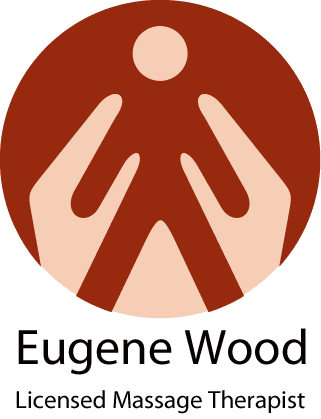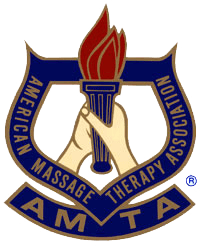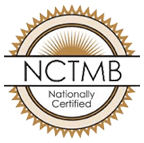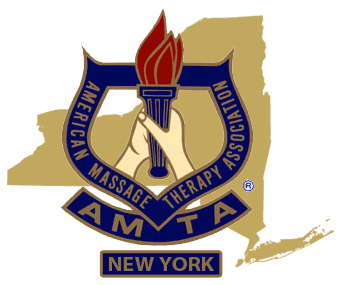Trigger Point Therapy Nassau County NY
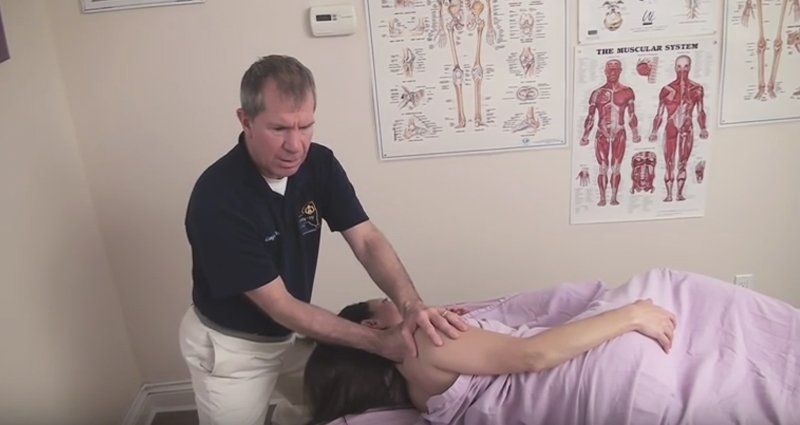
(917) 952-8052 or
Visit my Contact Page
Visit my Contact Page
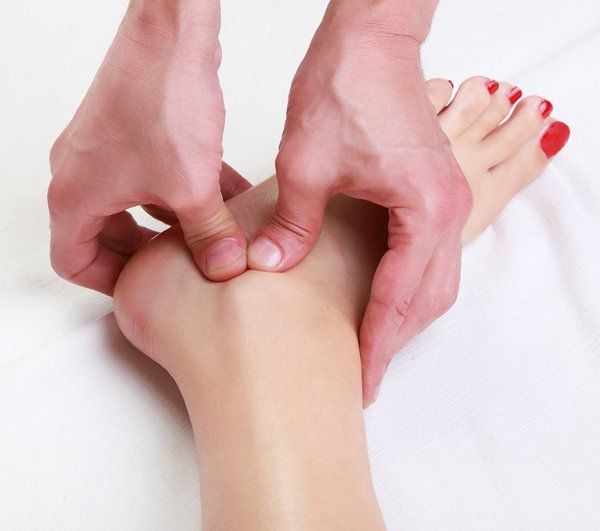
An active trigger point does not require any outside pressure, exertion, or force on the local area in which it resides. The pain that results may be continuous or sporadic, without regard to the use of the afflicted area.
Latent trigger points, on the other hand, are primarily felt when an external force acts upon the trigger point itself, or within the muscle system that such a trigger point resides.
Latent trigger points, on the other hand, are primarily felt when an external force acts upon the trigger point itself, or within the muscle system that such a trigger point resides.
An active trigger point in the neck may be experienced in any position, regardless of any pressure or action within the muscle system. A latent trigger point in the neck, however, may only provide pain when the individual sits upright in a certain position, or tilts their head from one side to another.
These hyperirritable nodules are not only sensitive and painful on the site of location, but they may also refer pain to the entire muscle system in which the trigger point is present. This is can be very problematic, as a single trigger point in the forearm, for example, may refer pain throughout the entire arm either when in use (latent trigger point), or even when at rest (active trigger point).
Trigger points are often common in patients experiencing symptoms of fibromyalgia and myofascial pain syndrome, but may also exist independent of other conditions. Trigger points that occur without any other underlying causes may be referred to as ‘knots’, or nodule disturbances within a particular muscle – often being felt beneath the skin within muscle tissue.
Trigger points can have a variety of causes: overexertion, injuries, birth defects, and poor posture being the most common. Although identifying the root cause of a trigger point can certainly help in a preventive sense, the treatment of trigger points requires a strong awareness of how muscles react to many varieties of stress that may cause trigger points. This is the primary reason that massage therapists are the best course of action to treat and help prevent the development of new trigger points.
Trigger point therapy, traditionally, needs to be practiced several times for the patient to experience full benefit. Single sessions may certainly help reduce the pain, but it is a course of treatment over weeks or months, that provide the most benefit to the patient – especially in training muscles to work in new ways to prevent future recurrences. Only a specialized message therapist can rightly determine the best form of treatment.
The presence of a skeletal muscle trigger point is not only painful and unpleasant for individuals, but may also restrict activities that a person enjoys - severe cases may prevent specific activities altogether. Gardening in the summertime is a great hobby. A gardener may find himself in a position that compromises good posture, while straining muscles in many areas of the body.
Massage therapists are the best specialists to attend to and provide trigger point therapy. By the very nature of the profession, massage therapy educates the provider in complex muscular systems and the way they interact with one another. In addition to the usual anatomy courses, trigger point massage therapists who practice Trigger Point Therapy will have completed a course(s) specific to the nature of trigger points.
Such education allows the massage therapist to: be able to identify the cause(s) of trigger points, understand the structure and physiology of trigger points, have an understanding of referred pain – with the ability to translate how this manifests uniquely in individual patients, know the best techniques to treat trigger points professionally, and provide clients with preventive ways to reduce the occurrence of trigger points, along with self-help message practices that patients can utilize on their own.
These hyperirritable nodules are not only sensitive and painful on the site of location, but they may also refer pain to the entire muscle system in which the trigger point is present. This is can be very problematic, as a single trigger point in the forearm, for example, may refer pain throughout the entire arm either when in use (latent trigger point), or even when at rest (active trigger point).
Trigger points are often common in patients experiencing symptoms of fibromyalgia and myofascial pain syndrome, but may also exist independent of other conditions. Trigger points that occur without any other underlying causes may be referred to as ‘knots’, or nodule disturbances within a particular muscle – often being felt beneath the skin within muscle tissue.
Trigger points can have a variety of causes: overexertion, injuries, birth defects, and poor posture being the most common. Although identifying the root cause of a trigger point can certainly help in a preventive sense, the treatment of trigger points requires a strong awareness of how muscles react to many varieties of stress that may cause trigger points. This is the primary reason that massage therapists are the best course of action to treat and help prevent the development of new trigger points.
Trigger point therapy, traditionally, needs to be practiced several times for the patient to experience full benefit. Single sessions may certainly help reduce the pain, but it is a course of treatment over weeks or months, that provide the most benefit to the patient – especially in training muscles to work in new ways to prevent future recurrences. Only a specialized message therapist can rightly determine the best form of treatment.
The presence of a skeletal muscle trigger point is not only painful and unpleasant for individuals, but may also restrict activities that a person enjoys - severe cases may prevent specific activities altogether. Gardening in the summertime is a great hobby. A gardener may find himself in a position that compromises good posture, while straining muscles in many areas of the body.
Massage therapists are the best specialists to attend to and provide trigger point therapy. By the very nature of the profession, massage therapy educates the provider in complex muscular systems and the way they interact with one another. In addition to the usual anatomy courses, trigger point massage therapists who practice Trigger Point Therapy will have completed a course(s) specific to the nature of trigger points.
Such education allows the massage therapist to: be able to identify the cause(s) of trigger points, understand the structure and physiology of trigger points, have an understanding of referred pain – with the ability to translate how this manifests uniquely in individual patients, know the best techniques to treat trigger points professionally, and provide clients with preventive ways to reduce the occurrence of trigger points, along with self-help message practices that patients can utilize on their own.
Contact Eugene Wood Trigger Point Therapy Treatments
Seeking treatment for trigger points is the best way to reduce pain and prevent recurrences. A specialized message therapist trained in trigger point massage therapy can provide the treatment to meet individual needs.
Please call us now about Trigger Point Massage therapy for an initial appointment and assessment - we offer a $20.00 discount on your first visit.
Please Contact Eugene Wood today.
Please call us now about Trigger Point Massage therapy for an initial appointment and assessment - we offer a $20.00 discount on your first visit.
Please Contact Eugene Wood today.
